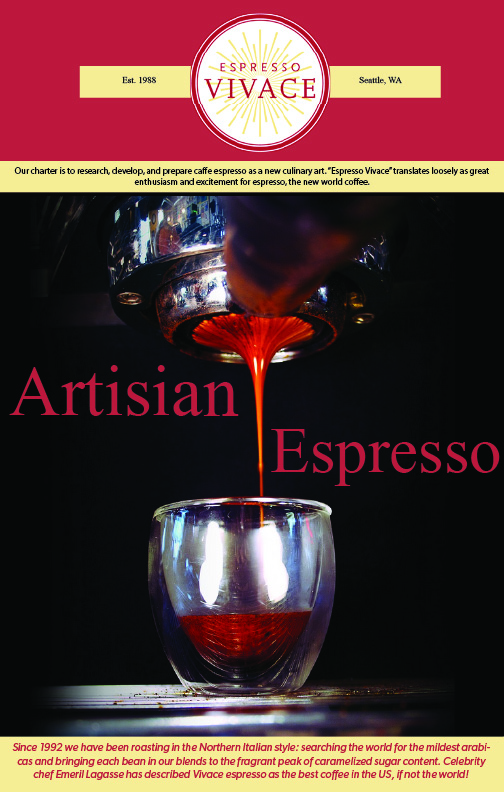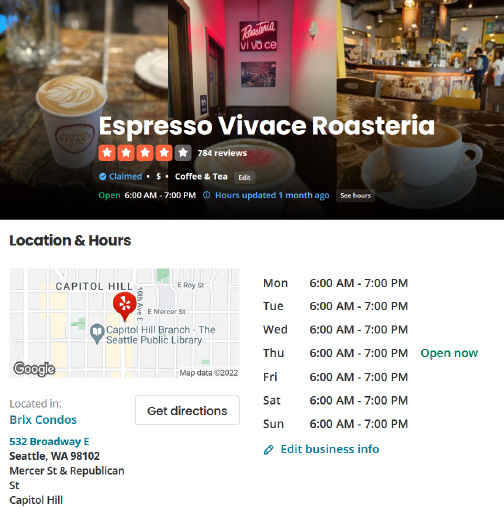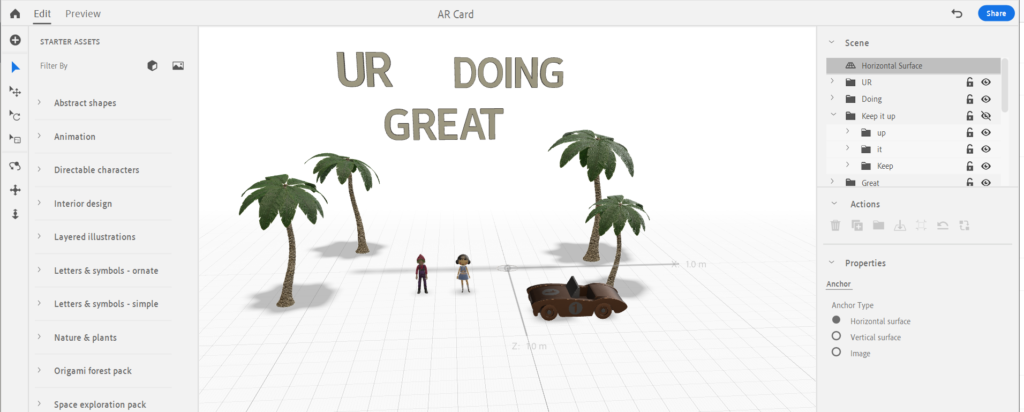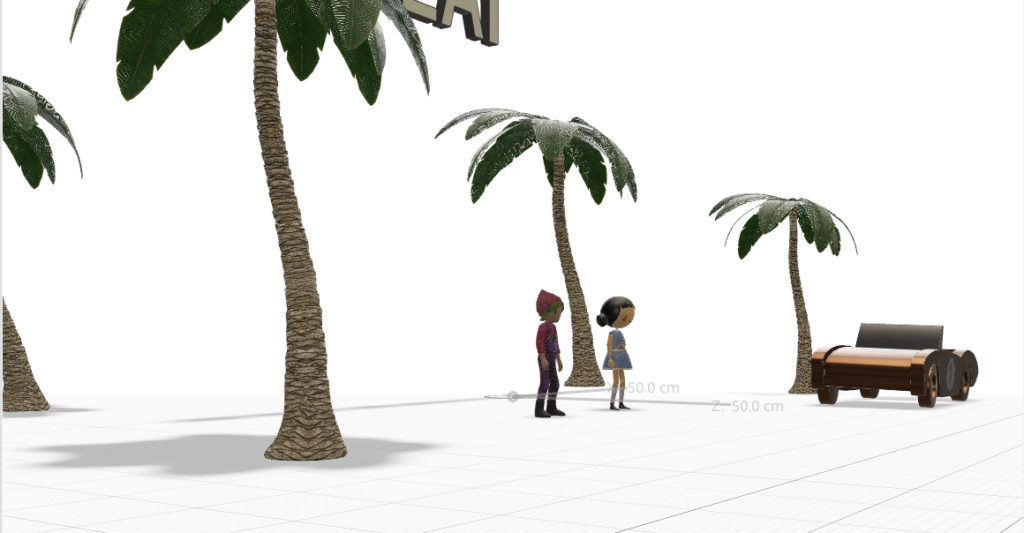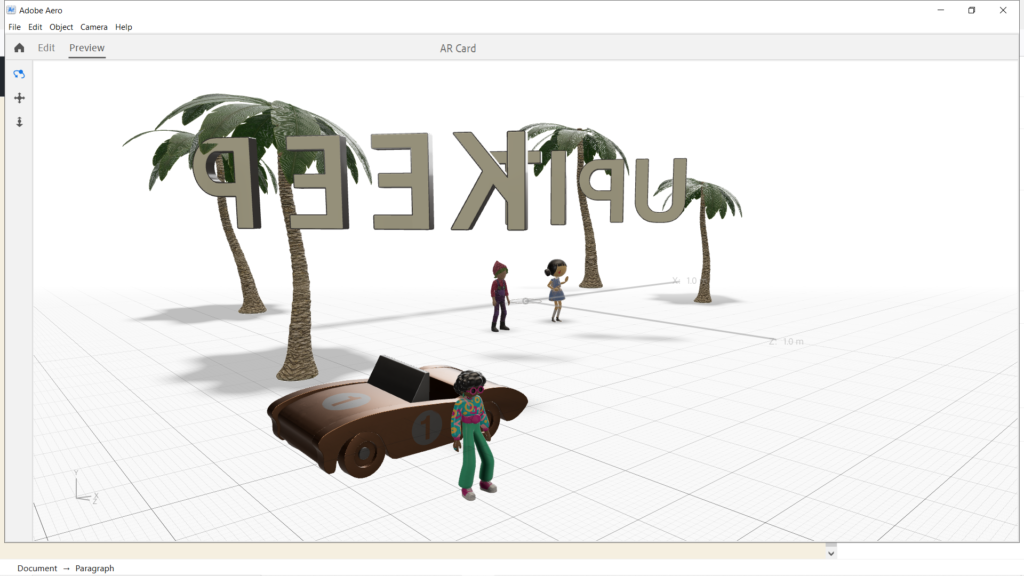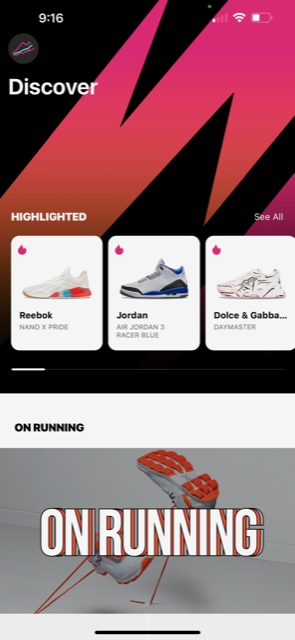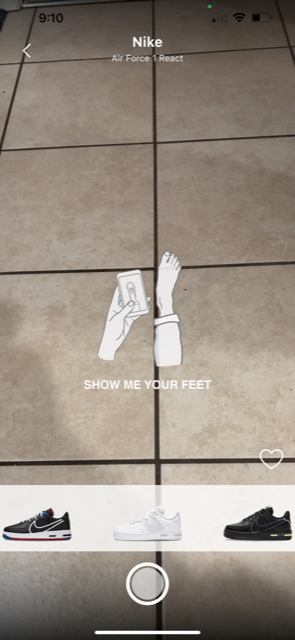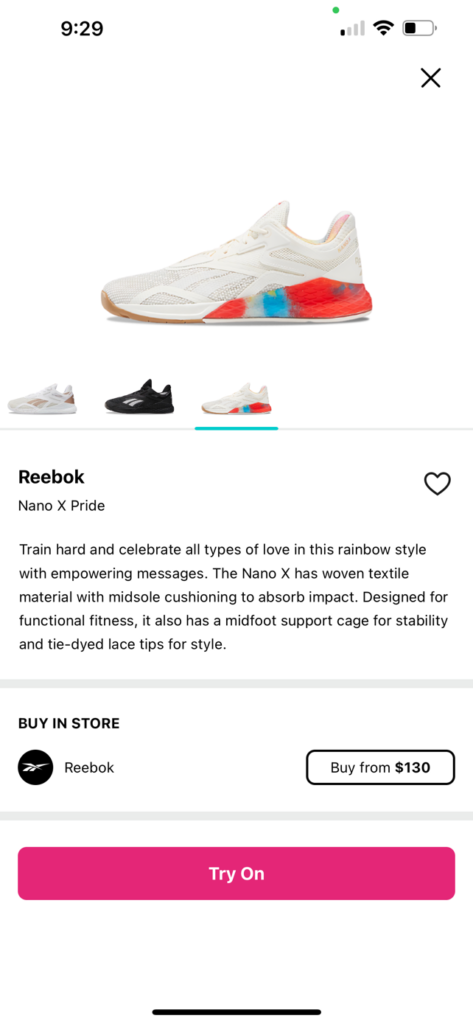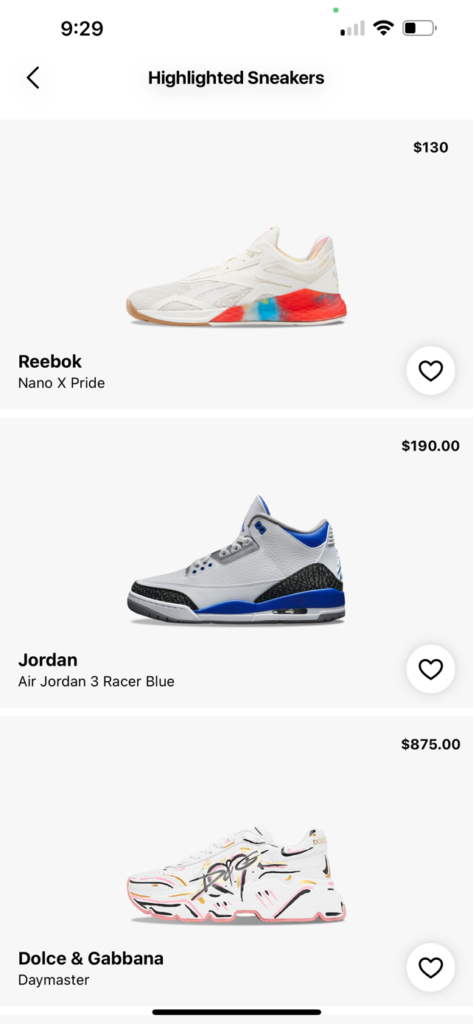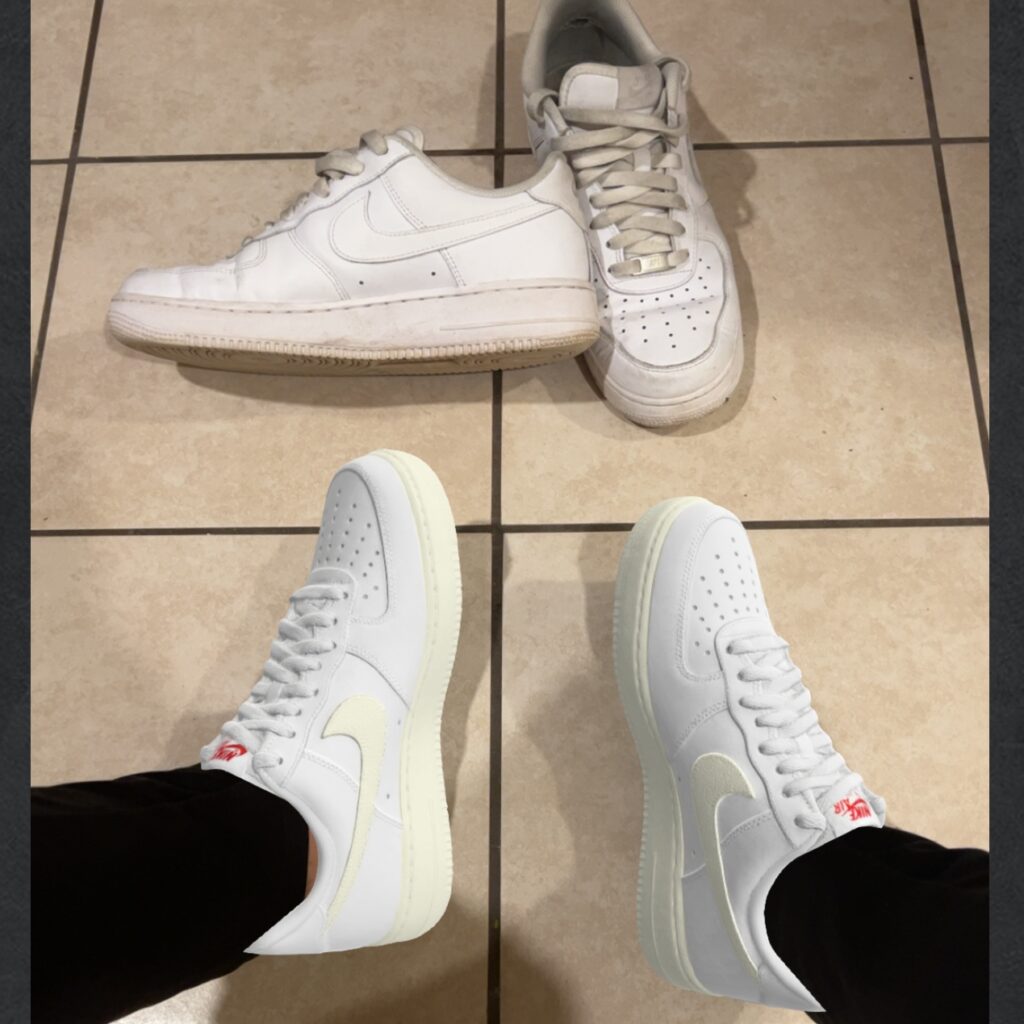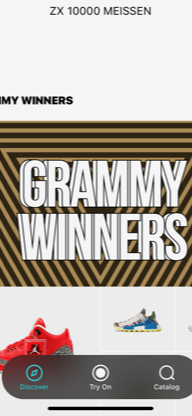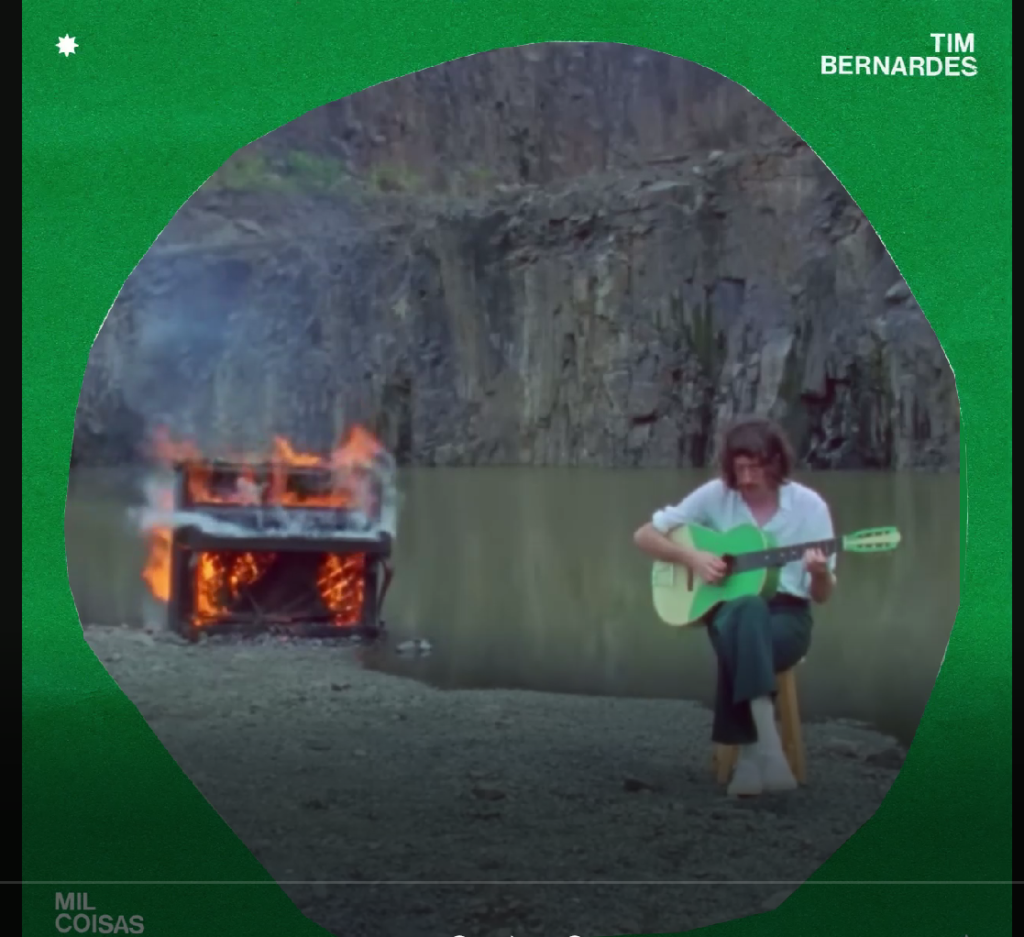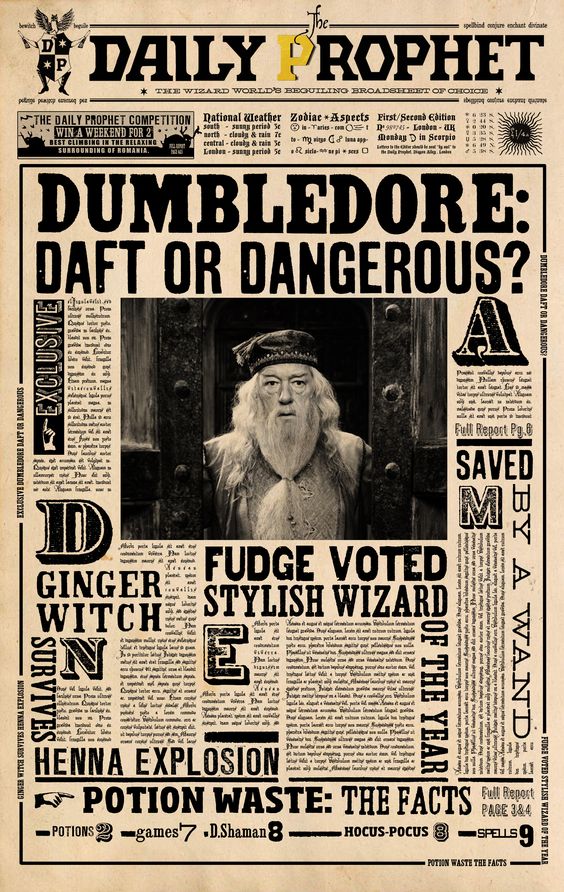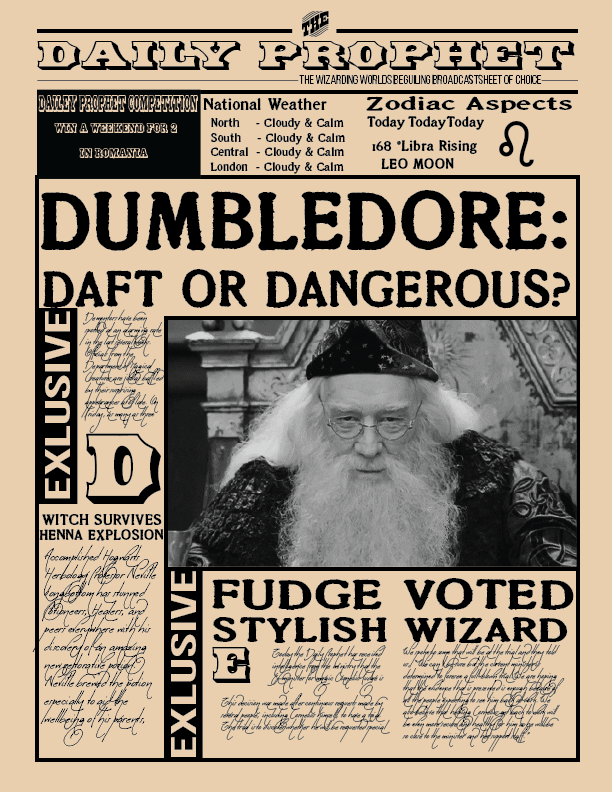Last week Andrew Nedimyer came and talked to us about how personal projects can impact our professional lives. Personal projects are important for a multitude of reasons ranging from sharpening our skills to having something new and fresh to add to our portfolio.
I have had the idea for a while now to create a zine that would explore the ideas of masculinity, sexuality, and what it means to be a man in the modern age. It would include photos, personal entries, and interviews with people who break the norms of the traditional narrative.I think this would be a great project to improve all of my skills and hone in on what i’m learning now. It would definitely take a lot of creative writing, interesting imagery, and know-how with Indesign.
I’ve never been great with creating timelines and adhering to them for projects. Usually I obsess over a project for a month and once the momentum leaves me, the project is scrapped. Ideally though, if I were to create a stricter timeline, like one we would use for a class project, I could get it done. I could see the project going through 4 distinct phases, planning content, gathering content, assembling content, then finalizing the package. The first two could easily be done within a month. Because my knowledge of Indesign is limited I feel as though the third phase may be the hardest and inturn, the most time consuming so I would give myself a month to complete that. For finalizing the project I would need to choose materials such as book binding, paper weight, printers, things like that. I have no experience in actually publishing a physical copy of my work so I can see it being 2-3 weeks of talking with people to figure out how I would want the look and feel to be.
Technically I have everything I need to complete phases 1-3. I have my trusty cameras, word processor and notepads, and adobe products. The only thing I would need would be content and people to speak to. This would be easy though as part of the experience is listening to people’s stories and I consider myself a social butterfly. I would just need time and people to complete these phases. For the final phase of the project, I would need to work with a printer to get the finalized feel and look of the package together.
Like I said before, I have never made a zine physically and I know the project can range from something super cheap, to something very pricey. Ideally I would want to go medium-low for my first physical project. I would have to get a quote from local print shops and test out the feel from a few locations. Then with packaging, I have a few ideas for some low key solutions such as translucent bubble wrap to saran wrapping and adding heat. I would want this last part to be something I could do myself to cut costs and have the product feel like this is a personal project. Depending on how well the design looks I would probably be willing to shell out around $250 dollars for a limited print.
